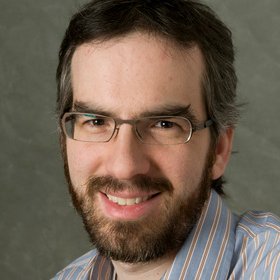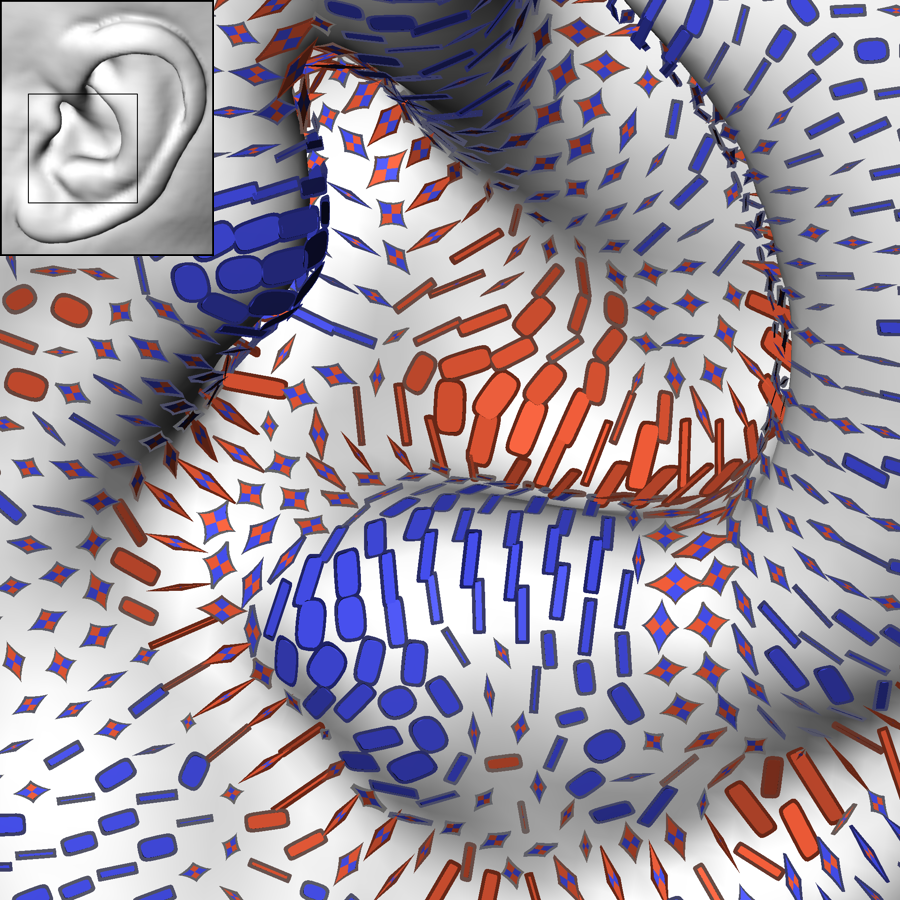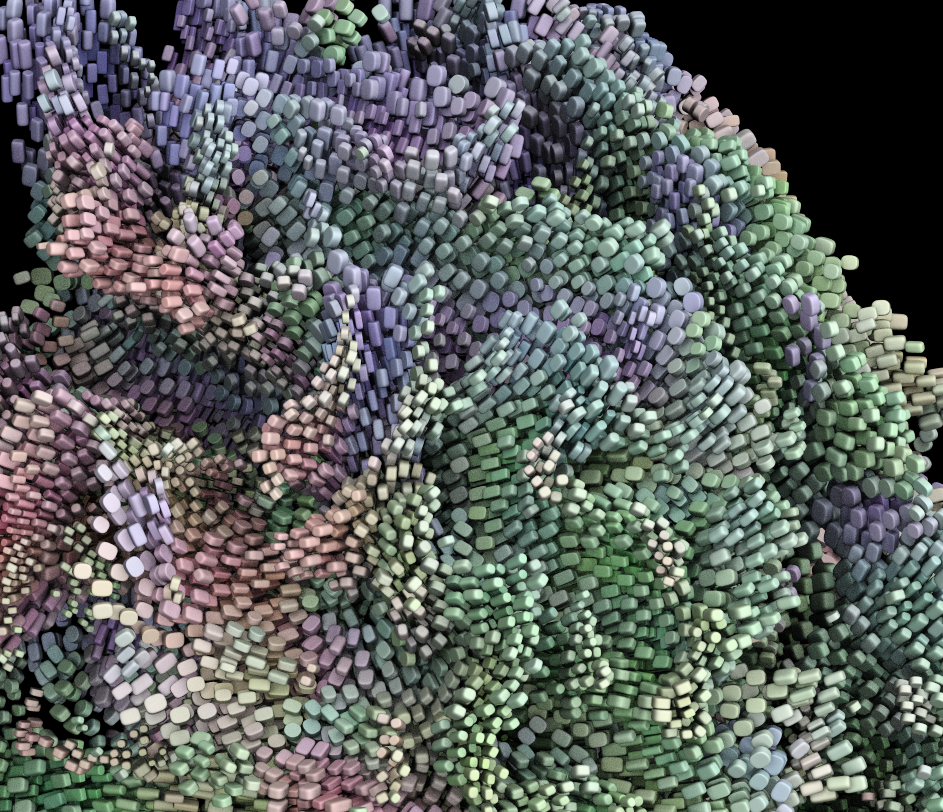 |
Gordon L. KindlmannUniversity of Chicago, Chicago, Illinois Assistant Professor, Department of Computer Science Assistant Professor and Fellow, Computation Institute Ph.D. in Computer Science, 2004 Dissertation Title: Visualization and Analysis of Diffusion Tensor Fields Advisor: Christopher R. Johnson |
Gordon Kindlmann is the focus of this first SCI alumni highlight. Gordon received his M.S. in Architecture (Computer Graphics) from Cornell University, where he worked with Donald Greenberg on semi-automatic generation of transfer functions for direct volume rendering, an application of computer vision principles to simplifying the creation of informative volume visualizations. From there, he went on to study with Chris Johnson at the University of Utah, where he received his Ph.D. in 2004. His dissertation focused on diffusion tensor image visualization and analysis, which earned him a postdoctoral position at Harvard Medical School, in the Laboratory of Mathematics in Imaging, in the Department of Radiology at Brigham and Women's Hospital, working with Carl-Fredrik Westin. His post-doctoral research continued his study of diffusion tensor field analysis and visualization, and emphasis on needs of clinical applications.
While at the SCI Institute, Gordon collaborated with many current SCI and Utah faculty and alumni-including Chris Johnson, Greg Jones, Ross Whitaker, Dave Weinstein, Charles Keller and Nobel laureate Mario Cappechi-on papers that would eventually be published in Molecular Imaging, Magnetic Resonance in Medicine, Medical Image Analysis, and The Anatomical Record. Based on this work, he has been invited to present at many universities, including Princeton, Stanford, Brown, Cornell, University of Las Palmas de Gran Canaria (Spain), and Technische Universiteit of Eindhoven (The Netherlands).Currently, Gordon is an Assistant Professor of Computer Science and Fellow of the Computation Institute at the University of Chicago. In his own words, he "continues to explore ways of translating mathematical principles of image processing and computer vision to practical methods of detecting, measuring, and understanding structure in modern imaging data." His work on diffusion image analysis was continued in work with his post-doc, Thomas Schultz. Another ongoing part of Kindmann's work is the development of dynamic particle systems for detecting and sampling features of diverse co-dimension (such as ridge lines and surfaces) in image scale-space. A collaboration with Prof. John Reppy at University of Chicago may eventually make it much faster to implement and to compute these methods.
His recent project, Diderot, is a new domain-specific language for computing on continuous tensor, vector, and scalar fields, together with a compiler which targets various parallel architectures including GPUs (read more here, pages 4 and 5).


